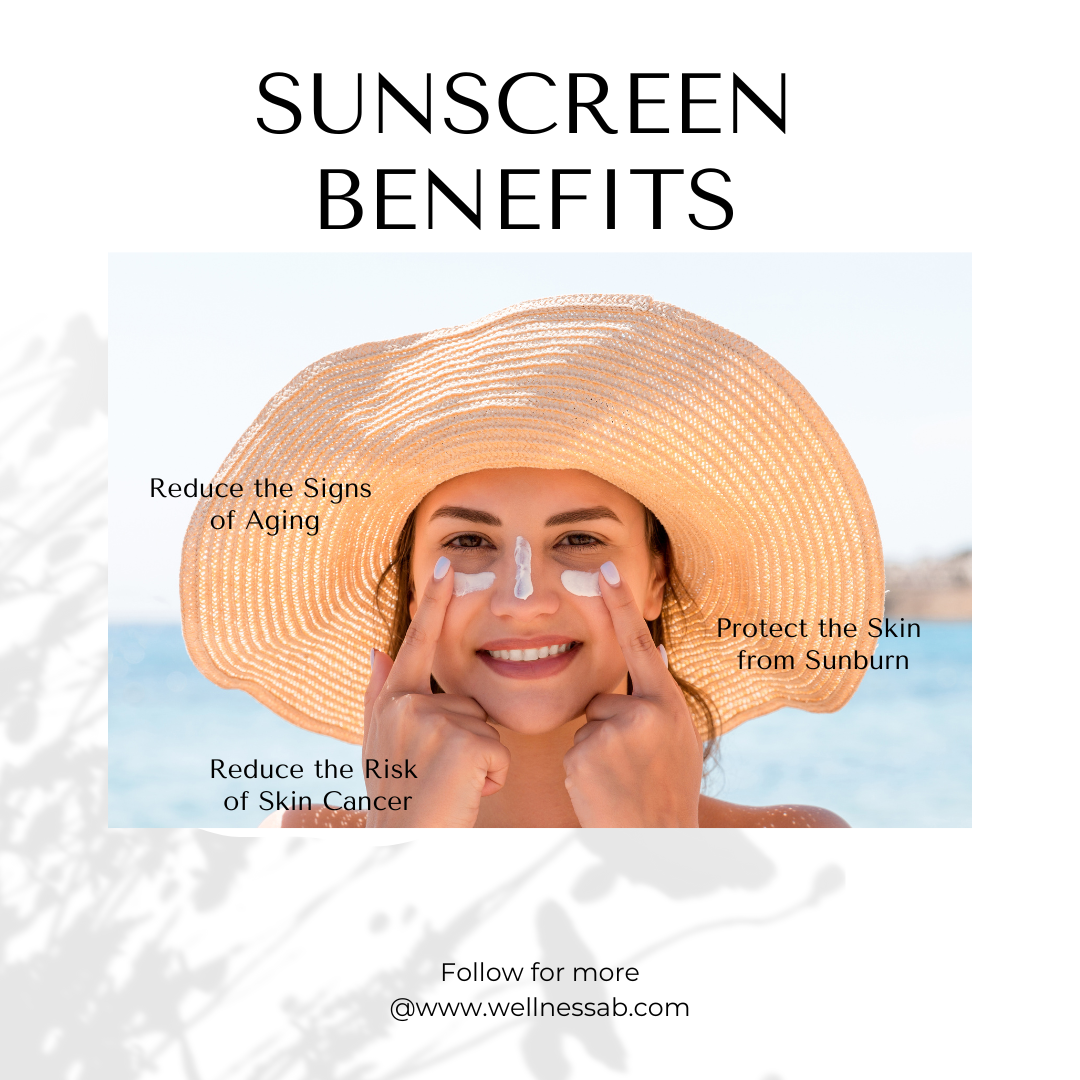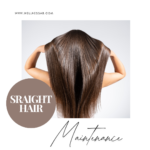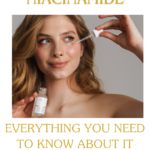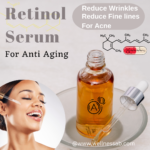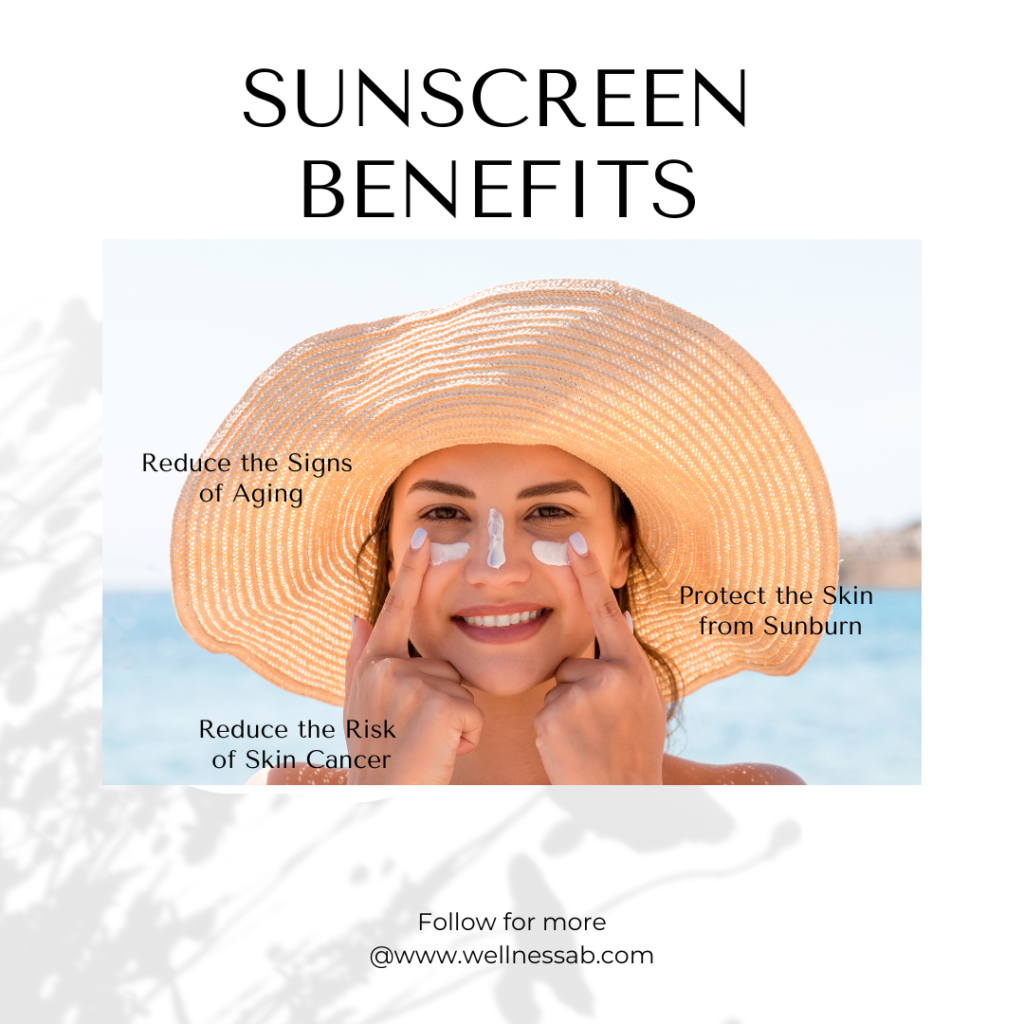
Table of Contents
Importance of Sunscreen
Sunscreen is an essential part of any skincare routine, offering crucial protection against the harmful effects of ultraviolet (UV) radiation. Whether you’re heading to the beach or running errands, applying sunscreen is a non-negotiable step to ensure your skin remains healthy and protected.
What is Sunscreen and how it works
Sunscreen, also known as sunblock, is a topical product designed to protect the skin from the sun’s ultraviolet (UV) radiation. By absorbing or reflecting UV rays, sunscreen helps to prevent sunburn and other forms of skin damage.
It works by combining organic and inorganic ingredients to create a barrier on the skin. This barrier either absorbs or reflects harmful UV rays, preventing them from penetrating the skin and causing damage.
Types of Sunscreen
Physical (Mineral) Sunscreen
Physical sunscreens, containing ingredients like zinc oxide and titanium dioxide, sit on top of the skin and reflect UV rays away. They are often recommended for sensitive skin as they are less likely to cause irritation.
Chemical Sunscreen
Chemical sunscreens absorb UV rays and convert them into heat, which is then released from the skin. Common active ingredients include avobenzone and oxybenzone.
SPF (Sun Protection Factor)
What Does SPF Mean?
SPF stands for Sun Protection Factor, a measure of how well a sunscreen can protect the skin from UVB rays, the main cause of sunburn.
Different SPF Levels and Their Significance
SPF levels range from 15 to 100. An SPF 15 blocks approximately 93% of UVB rays, SPF 30 blocks about 97%, and SPF 50 blocks 98%. Higher SPFs offer slightly more protection but no sunscreen can block 100% of UV rays.
Choosing the Right SPF for Your Skin Type
For everyday use, an SPF of 30 is generally recommended. If you have fair skin, a higher SPF might be beneficial, whereas those with darker skin may opt for a lower SPF. However, all skin types benefit from regular sunscreen use.
Broad Spectrum Protection
Importance of UVA and UVB Protection
Broad-spectrum sunblock’s protect against both UVA and UVB rays. UVB rays are responsible for sunburn, while UVA rays penetrate deeper, contributing to premature aging and skin cancer.
Differences Between UVA and UVB Rays
UVB rays affect the outer layer of the skin, causing sunburn. UVA rays penetrate deeper into the skin, leading to aging and long-term damage. Both types of rays increase the risk of skin cancer.
How to Identify Broad-Spectrum Sunscreens
Look for “broad-spectrum” on the label to ensure the sunscreen protects against both UVA and UVB rays. Additionally, check for active ingredients like zinc oxide, and avobenzone.
Do Check Out The 10 Amazing Benefits of Facial Masks for Skin Care
Ingredients to Look For
Zinc Oxide
Zinc oxide is a mineral ingredient that provides broad-spectrum protection by reflecting UV rays away from the skin.
Titanium Dioxide
Titanium dioxide, another mineral ingredient, works similarly to zinc oxide and is less likely to cause skin irritation.
Avobenzone
Avobenzone is a chemical ingredient that absorbs UVA rays, providing effective broad-spectrum protection.
Ingredients to Avoid
Some ingredients, such as oxybenzone and octinoxate, can cause allergic reactions or have environmental impacts. It’s best to avoid these if you have sensitive skin or are concerned about ecological effects.
should be Water Resistant
What Does Water Resistance Mean And its Importance for Outdoor Activities and Swimming
Water-resistant sunscreens maintain their SPF protection for a certain period while swimming or sweating. They are essential for outdoor activities and sports.
Water-resistant sunscreens provide prolonged protection during water activities. However, they still need to be reapplied every 40 to 80 minutes, depending on the product’s specifications. After swimming or sweating, dry off completely and reapply the it generously. Follow the instructions on the label for the best results.
Suitability for Skin Type
For Oily Skin
For oily skin, look for non-comedogenic (won’t clog pores) and oil-free formulas to prevent breakouts and excessive shine.
for Dry Skin
Dry skin benefits from sunscreens with hydrating ingredients like hyaluronic acid and glycerin to provide moisture along with sun protection.
For Sensitive Skin
Sensitive skin requires gentle formulations with minimal ingredients to avoid irritation. Mineral sunscreens with zinc oxide or titanium dioxide are typically well-tolerated.
For Acne-Prone Skin
Non-comedogenic, oil-free sunscreens are ideal for acne-prone skin. Gel-based or water-based formulations can help reduce the risk of breakouts.
Application Tips
How Much to Apply
A general rule is to use about one ounce (a shot glass full) to cover the entire body. For the face, a nickel-sized amount is sufficient.
Proper Application Techniques
Apply sunscreen at least 15 minutes before sun exposure to allow it to bind to the skin. Don’t forget often-missed spots like the ears, neck, and tops of the feet.
Reapplication Guidelines
Reapply sunscreen every two hours, or immediately after swimming or sweating, to maintain protection. Even water-resistant formulas need regular reapplication.
Sunscreen for Different Ages
For Infants and Children
For infants under six months, it’s best to avoid sun exposure. For older children, use a broad-spectrum, SPF 30 or higher sunscreen that’s formulated for sensitive skin.
For Teenagers
Teenagers should use broad-spectrum, non-comedogenic sunscreens to prevent acne breakouts while protecting their skin.
For Adults
Adults should use broad-spectrum sunscreens with an SPF of at least 30 for daily protection. Choose a formulation that suits your skin type and lifestyle.
For the Elderly
Older adults need sunscreens with added moisturizing properties to address skin dryness and broad-spectrum protection to prevent age-related sun damage.
some Common Myths
Debunking Myths
There are many misconceptions about sunscreen, such as the idea that people with dark skin don’t need it or that sunscreen is only necessary on sunny days. These myths can lead to inadequate protection.
Importance of Daily Sunscreen Use
UV rays are present every day, even when it’s cloudy or during the winter. Daily sunscreen use helps prevent cumulative skin damage.
Sunscreen in Cloudy Weather
Up to 80% of UV rays can penetrate through clouds, making it essential even on overcast days.
Expert Insights
Dermatologists recommend using broad-spectrum sunscreen with an SPF of at least 30
Conclusion
Choosing the right sunscreen is essential for protecting your skin from the harmful effects of UV radiation. By choosing the right sunscreen you can make informed decisions that will benefit your skin’s health in the long run. Remember to apply it properly and reapply it regularly, regardless of the weather, to ensure continuous protection. Prioritizing sun safety and selecting eco-friendly options can also help protect the environment. Make it a daily habit, and your skin will thank you for it.

